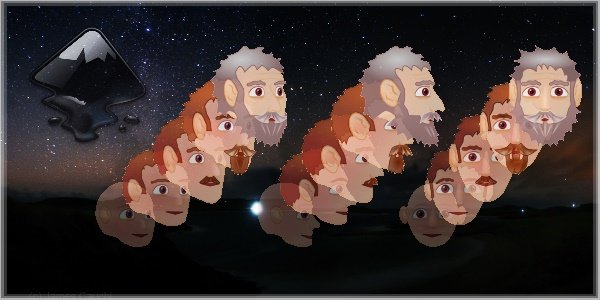
I may have mentioned on one or two occasions that creating games is somewhat of a passion of mine.
I one day hope to make the field at least a situation-boosting side occupation - but for the moment I'm quite stuck participating in what game jams and contests that occur within my modest reach.
This is not to say that I am not enjoying the experiences as they come along. In truth I find that game jams and competitions inspire processes of learning within me.
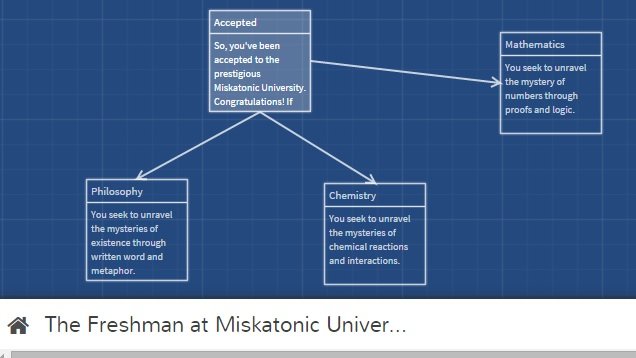
Source
For the 2016 Global Game Jam it was Twine (a rather powerful text-based interactive fiction tool).
For the 2017 Global Game Jam it was Stencyl (a game development environment with limited need for coding) and small-scale pixel art.
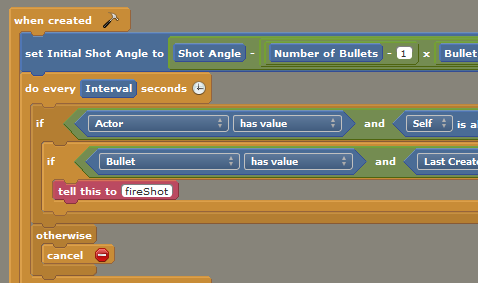
Source
And for the 2017 Game Design Contest I again am on the learning path - with one small difference.
This time I have 3 months of learning (not including the crash-course lecturing).
Promising.
I am quite anxious to learn Unity. It would really improve my self-sufficiency as a developer in future. Not that I don't like to work with teams - but I've tended to find that such are a hit-and-miss affair.
In the present team, one month into the game competition I have consigned this to being another "learning experience" - and that is alright. It may not be alright for another team member - but then again one does not reap without sowing.
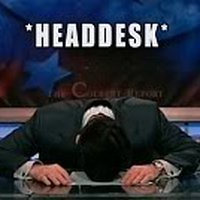
Source
My aims in the contest are simply two:
- To create an innovative game worth playing, &
- To learn new skills while doing it.
While I cannot presently be sure that the first will be delivered (though I still hope so - and will certainly do my part), I am happy to note that I am developing new skills.
Most importantly, I have since gained some degree of competence in vector art. I have a long way to go but the 'heads' in the title image represent some of my first efforts at character development.
For those of you who might not be familiar - unlike pixel artwork which involves art made from colored squares (pixels), vector artwork is made up of points, the lines that connect them, the fills within their boundaries and some pretty clever mathematics being taken care of by your computer. Unlike pixel (raster) artwork, vector artwork can be scaled up and down with no loss in image quality.
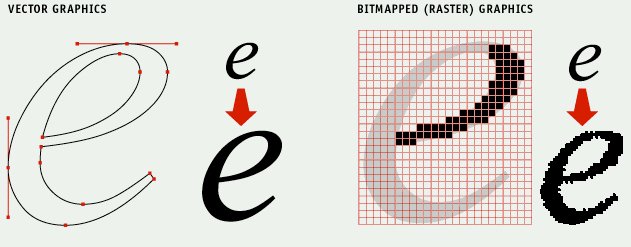
Source
Also - once you get used to it, it is much faster and somewhat easier to work with - though it will still be desirable to have a pixel-paint program.
I am a fan of freely available software. Its not always on-par with the paid alternatives but some can get pretty darn close - and might as well be on-par for as far as newer users such as myself are concerned.
For my vector artwork needs I have been learning how to use a program called Inkscape. For my raster (pixel) art needs I favor Paint.NET (not the Paint that comes with Windows).
Inkscape is powerful if a little heavy for my decade-old laptop. Paint.NET is light on the processor and easy to use.
I still hope to get an opportunity to learn the workings of Unity in a practical context - but it looks like one of my team members have that pretty much down pat.
At least I feel pretty confident that if I continue dealing vector art I'll be able to add '2D Art' to my skillset for Global Game Jam 2018!
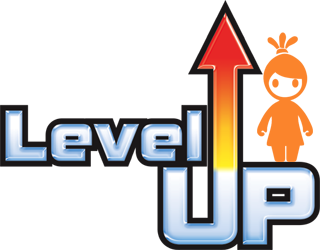
Source
If you found this post interesting and would like to share this with your friends then a resteem couldn't hurt.
If you 'didn't' like this then feel free to share your views in comments. A civil conversation can go a long way.
Sincerely,

Previous Post: Regret - Poetry
